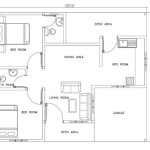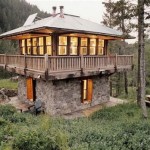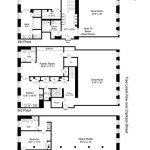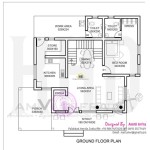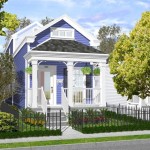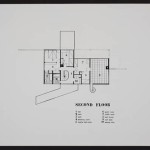Essential Aspects of Dog House Plans For Small Dogs
When designing and building a dog house for a small dog, careful consideration must be given to several key aspects to ensure the comfort and well-being of your furry friend. Factors such as size, insulation, ventilation, and materials play a crucial role in creating a safe and suitable shelter for your pet.
1. Size Matters:
Determining the appropriate size for your dog's house is essential for their comfort. The house should be large enough to allow your dog to stand up, turn around, and lie down comfortably. Measure your dog's height from the top of their head to the ground and their length from the tip of their nose to the base of their tail. Add a few inches to allow for comfortable movement and growth.
2. Insulation: Keep the Cold Out and the Warm In
Insulating your dog's house will protect them from extreme temperatures. Consider using rigid foam insulation or reflective bubble wrap to line the walls and roof of the house. This will help maintain a comfortable temperature inside, preventing your dog from getting too cold or too hot.
3. Ventilation: Fresh Air for a Healthy Environment
Proper ventilation is crucial for maintaining a healthy environment inside the dog house. Provide ventilation holes on opposite sides of the house to allow fresh air to circulate and prevent moisture accumulation. Avoid placing the house in areas with poor air quality or inadequate ventilation.
4. Durable Materials: Weather Resistance and Longevity
The materials you choose for your dog's house should be durable and weather-resistant. Pressure-treated lumber is a popular choice due to its resistance to rot and decay. Vinyl or metal siding can also provide excellent protection from the elements. Ensure that the roof is waterproof and sloped to prevent water from collecting and causing leaks.
5. Raised Foundation: Protection from Moisture and Pests
Elevating the dog house off the ground using a raised foundation is recommended for several reasons. It keeps the house away from moisture and prevents it from absorbing water from the ground. A raised foundation also discourages pests and insects from entering the house.
6. Proper Doorway: Access and Insulation
The doorway of the dog house should be sized appropriately for your dog and fitted with a flap to keep out drafts and moisture. Choose a flap material that is durable and provides insulation, such as a heavy-duty canvas or vinyl flap.
7. Comfort and Aesthetics: Personalize Your Dog's Home
In addition to the essential aspects, you can personalize your dog's house to make it more comfortable and visually appealing. Add a bed or blanket for comfort, and consider painting or decorating the house to match your backyard décor.
Additional Tips:
- Avoid using carpet or rugs inside the dog house, as they can trap moisture and harbor bacteria.
- Clean the dog house regularly to maintain hygiene and prevent the accumulation of dirt and debris.
- Monitor the condition of the house and make repairs as needed to ensure its safety and functionality.
By carefully considering these essential aspects when designing and building a dog house for your small dog, you can provide them with a comfortable, safe, and healthy shelter that will enhance their overall well-being.

13 Diy Doghouse Plans And Ideas The House Of Wood

13 Diy Doghouse Plans And Ideas The House Of Wood

Diy Doghouse Gazebo

13 Diy Doghouse Plans And Ideas The House Of Wood

15 Free Dog House Plans Puppy Leaks

14 Diy Dog Houses How To Build A House Plans Blueprints

13 Diy Doghouse Plans And Ideas The House Of Wood

5 Droolworthy Diy Dog House Plans Healthy Paws

20 Modern Indoor Dog Houses For Small Dogs Homemydesign Cão Diy Idéias De Casa Cachorro
:strip_icc()/diy-network-free-dog-house-plans-5829eda15f9b58d5b18a1b84.jpg?strip=all)
14 Free Diy Dog House Plans Anyone Can Build

